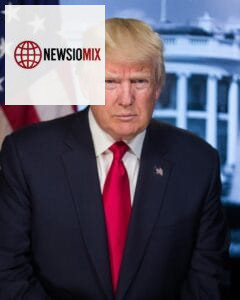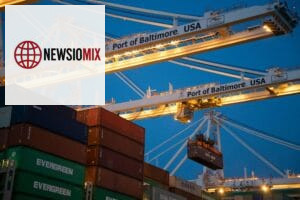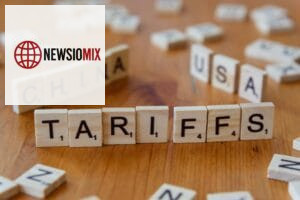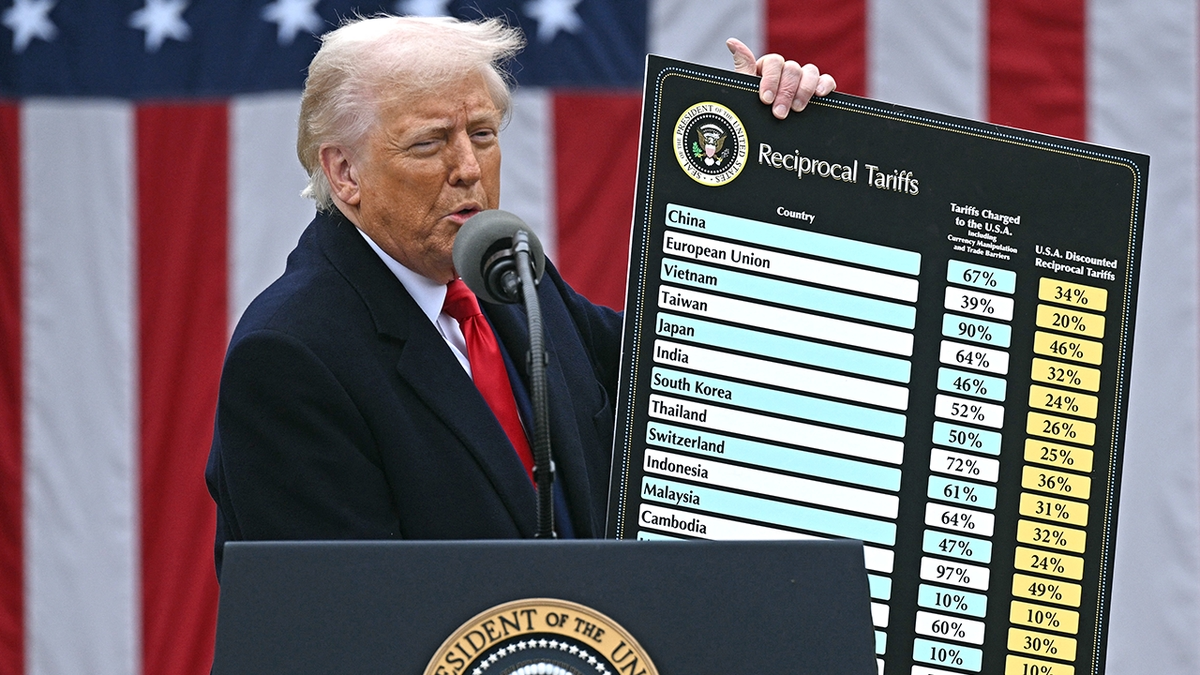Trump’s Tariffs in 2025: Are They Still Changing the U.S. Economy?
-
“How Trump’s Tariffs Are Changing America Forever (2025 Breakdown)”
When Donald Trump first introduced tariffs during his presidency, the idea was simple: protect American jobs and businesses. By making imported goods from countries like China more expensive, American-made products would have a better chance in the market. But now, in 2025, people are still asking — are Trump’s tariffs still affecting the U.S. economy?

A Quick Reminder: What Were Trump’s Tariffs?
Back in 2018 and 2019, Trump placed tariffs on a range of goods from China, steel and aluminum from several countries, and even washing machines and solar panels. These extra taxes made imported products cost more for U.S. companies and consumers. It was part of what he called the “America First” economic policy.
At the time, it stirred up major headlines. Supporters argued that it would help American workers by bringing jobs back home. Critics said it would increase prices and hurt international trade relationships. Both sides had valid points.
/tariffs-impact-consumer-prices-2025

What Happened After That?
At first, some American manufacturers were happy. Their products suddenly looked cheaper compared to imported ones. But things didn’t stay that simple. Many companies rely on parts and materials from other countries. When those got more expensive, American businesses raised prices too. Consumers felt it directly — higher prices at stores.
Additionally, some U.S. businesses that export products suffered because other countries, like China and the European Union, retaliated with their own tariffs on American goods. This especially hurt industries like farming and automobiles.

Fast Forward to 2025
It’s been a few years since Trump left office, but not all his policies disappeared. Some tariffs stayed in place under new presidents. Why? Because removing them is a complicated political game. Some industries still support these tariffs, especially steel and tech. Leaders don’t want to look weak in trade negotiations.
Also, some of Trump’s trade moves changed U.S. laws and agreements. Undoing all that takes time, discussions, and political willpower.

Are Prices Still Higher?
Yes and no. In some industries like electronics and construction materials, prices remain affected. But the world adjusted. Many U.S. companies started buying from different countries to avoid tariffs. Others moved factories to places like Vietnam and Mexico.
For consumers, it means some goods are still pricier than before 2018. Smartphones, home appliances, and cars — all show some lingering cost effects. However, not everyone notices because inflation and supply chain changes also play a role.
Did It Help American Jobs?
That’s the big question. Some say yes — especially in steel and manufacturing. Others argue it made things worse in areas like farming, where exports got hit by other countries putting their own tariffs on U.S. goods in response.
Studies show mixed results. The steel industry saw job growth for a while, but higher steel prices hurt industries like construction and automotive. Some factories opened, while others closed. The overall result? Not a clear win or loss — more like a long-term adjustment.

The Bigger Picture
Economists now believe Trump’s tariffs changed the way the global economy works. Countries learned to rely less on any single partner. Supply chains became more flexible. Companies learned not to depend too much on one source for materials.
For American consumers, though, the impact wasn’t always great. Many still pay more for certain goods. On the other hand, some argue it was a necessary move to protect national interests in a complex world.

What’s Next?
In 2025, there’s still debate in Washington about whether to fully remove Trump’s tariffs or keep them. Some politicians use them as a bargaining chip in trade talks. Others want to focus on lowering consumer prices.
Trade experts say it’s likely the U.S. will keep some tariffs in place while negotiating new deals. Completely removing them might send mixed signals globally, so leaders are careful.
Another factor is the rise of technology and AI. As America becomes more digital and automated, the old manufacturing jobs that tariffs were meant to protect may become less important compared to tech-based industries.
Everyday Life and Tariffs
Most regular people don’t think about tariffs when buying a TV or a car. But these hidden taxes are there, affecting costs quietly. Even things like clothing and food packaging sometimes carry extra costs because of trade policies.
That’s why economists always say: trade decisions aren’t just for big corporations. They affect everyone, even if we don’t see it directly.
Final Thoughts
For now, Trump’s tariffs are a reminder that one policy decision can echo for years. Whether it helped or hurt depends on who you ask. But one thing’s clear — they’ve left a mark on the U.S. economy that’s hard to ignore.
Looking ahead, it’s likely that tariffs will continue to play a role in shaping global trade, even if leadership and political views shift. The world has changed, and America’s approach to protecting its industries will keep evolving too.

If you found this topic interesting, feel free to share your thoughts or check out more articles on global trade and economy!
Here are suggested image ideas in English that fit your article about Trump’s Tariffs in 2025 and are AdSense-friendly:
1. Donald Trump with the U.S. flag in the background
(Professional, neutral photo — not political or aggressive)
2. Shipping containers with U.S. and China flags
(Symbolizing trade tensions and tariffs between the two countries)
3. An American factory with workers or production lines
(Represents local industry and job protection)
4. Economic charts or graphs showing trade impact
(Clean and simple graphs — no text overlay if possible)
5. A person shopping in a store or looking at electronics
(Symbolizing price effects on everyday consumers)
https://www.usitc.gov/publications/2025/usitc-report-on-tariffs-impact
Share this content:





